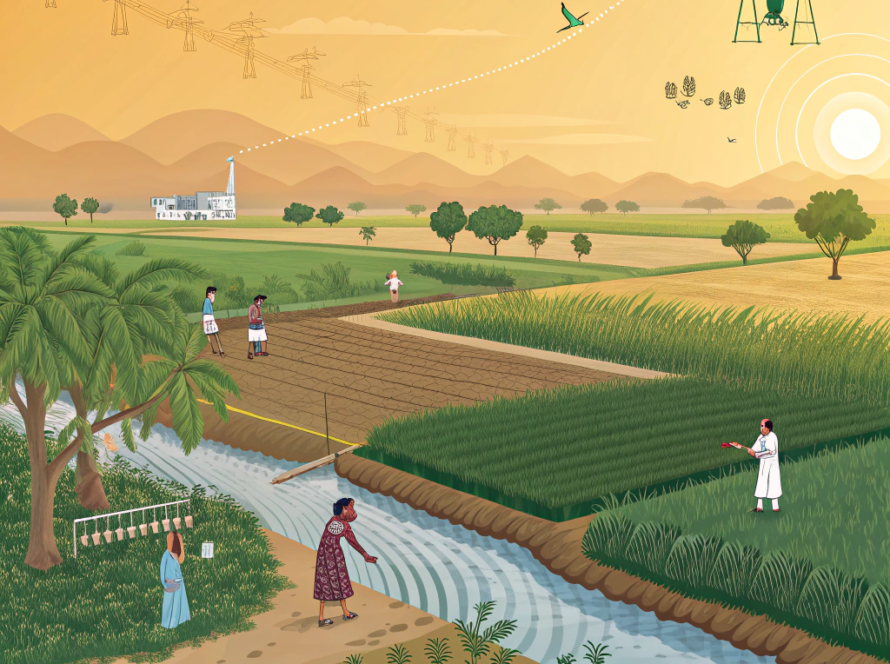In today’s world, where sustainable solutions are becoming more important than ever, biogas production from agricultural waste offers a brilliant example of “turning trash into treasure.” Not only does this method help manage waste effectively, but it also generates clean energy — creating a win-win situation for farmers, the environment, and local communities.
What is Biogas?
Biogas is a renewable energy source produced through the natural breakdown of organic material in the absence of oxygen, a process called anaerobic digestion. When agricultural waste like crop residues, manure, and food processing by-products decompose, they release a mixture of gases — mainly methane (CH₄) and carbon dioxide (CO₂). This gas can be captured and used as a fuel for cooking, heating, electricity generation, and even as a vehicle fuel after purification.
Agricultural Waste: An Untapped Resource
Every year, millions of tons of agricultural waste are produced globally — from rice straw, wheat husks, and corn stalks to fruit peels and animal manure. Traditionally, much of this waste has been either burned (causing air pollution) or left to rot (releasing harmful greenhouse gases into the atmosphere). By channeling this waste into biogas production, farmers can reduce environmental damage and gain a valuable energy source.
How Biogas is Produced from Agricultural Waste
- Collection: Agricultural residues and animal waste are collected and fed into a biogas digester.
- Anaerobic Digestion: Inside the digester, microorganisms break down the organic material in a controlled, oxygen-free environment.
- Gas Production: The process produces biogas, which can be stored and utilized.
- By-product (Bio-slurry): The remaining material, rich in nutrients, can be used as a high-quality organic fertilizer for crops.
Benefits of Biogas from Agricultural Waste
- Renewable Energy Source: Reduces dependency on fossil fuels.
- Waste Management: Provides a smart way to handle waste that otherwise harms the environment.
- Reduction in Greenhouse Gases: Controls methane emissions by capturing it for productive use.
- Improved Soil Health: The nutrient-rich by-product enhances soil fertility naturally.
- Income Generation: Farmers can save money on energy and fertilizers or even sell excess biogas and biofertilizer.
Real-Life Examples
Countries like India, China, and Germany have successfully integrated biogas systems into their agricultural practices. Small-scale biogas plants on farms not only supply energy to homes but also empower rural communities economically and socially.
Challenges to Overcome
While the benefits are impressive, there are some challenges to biogas production:
- High Initial Investment: Setting up a digester can be expensive.
- Maintenance: Regular maintenance is essential for continuous operation.
- Knowledge Gap: Farmers need training to manage biogas systems effectively.
However, with increasing government incentives and technological advancements, these barriers are gradually being addressed.
Conclusion: A Green Future
Turning agricultural waste into biogas is a prime example of circular economy thinking — nothing is wasted, and everything has value. As awareness grows and technology advances, biogas from agricultural waste has the potential to play a major role in building a cleaner, greener, and more sustainable future for everyone.
Remember: Yesterday’s trash can be tomorrow’s treasure!



